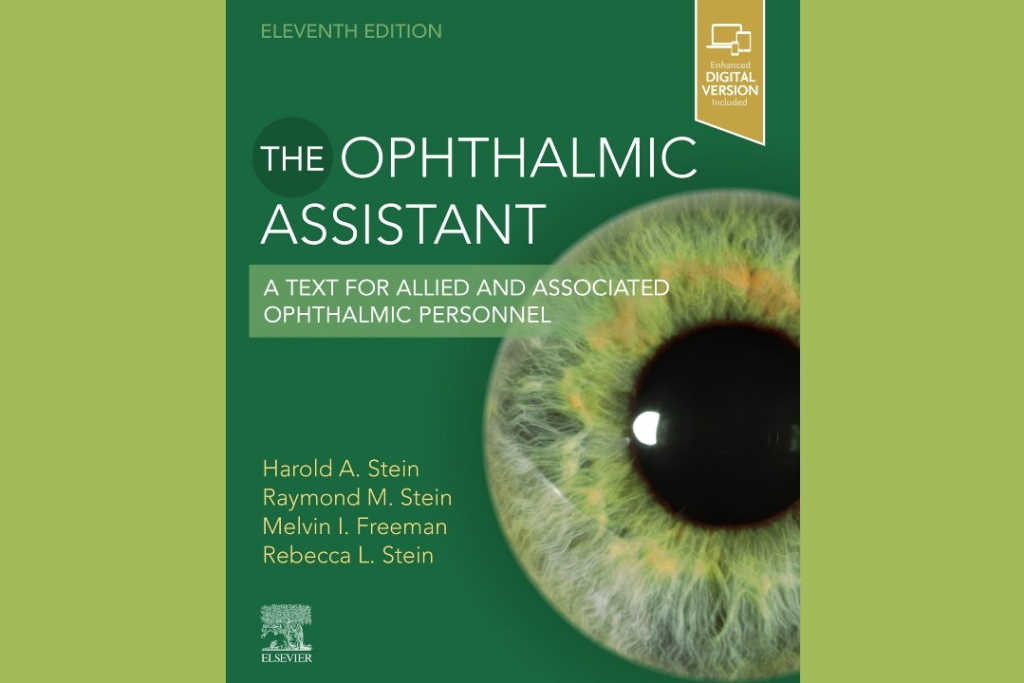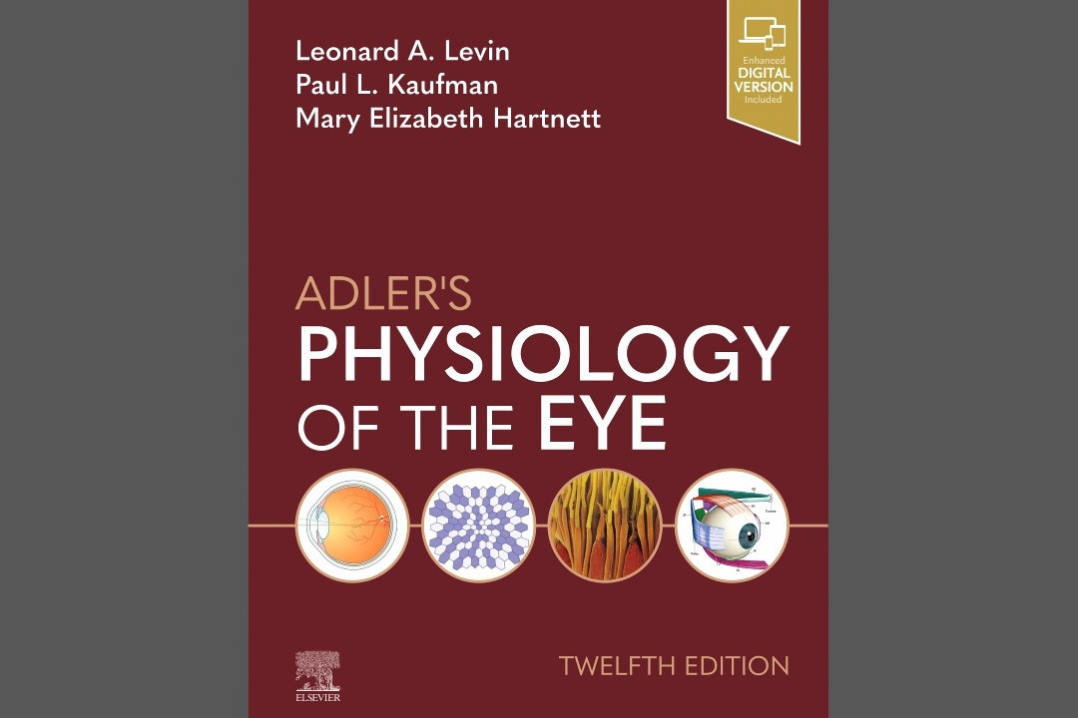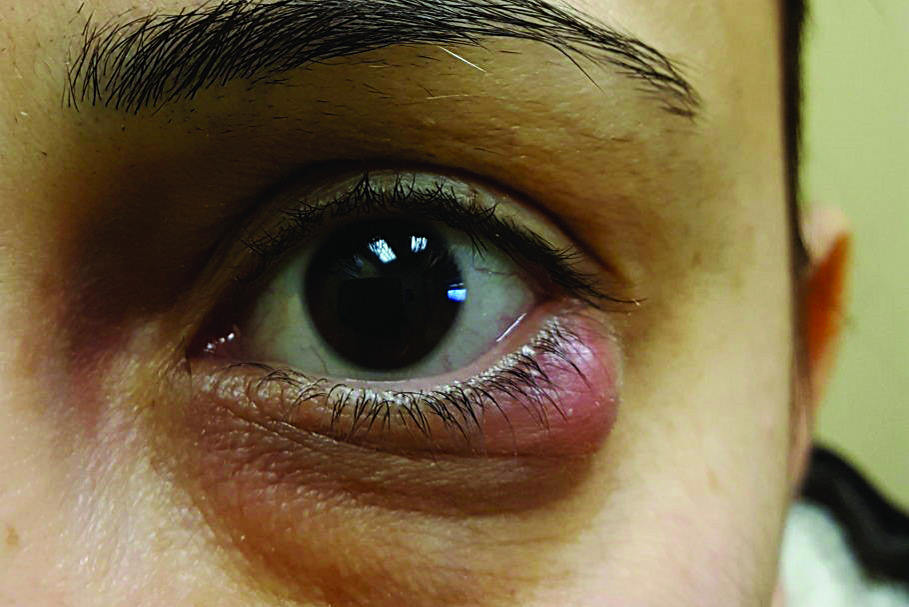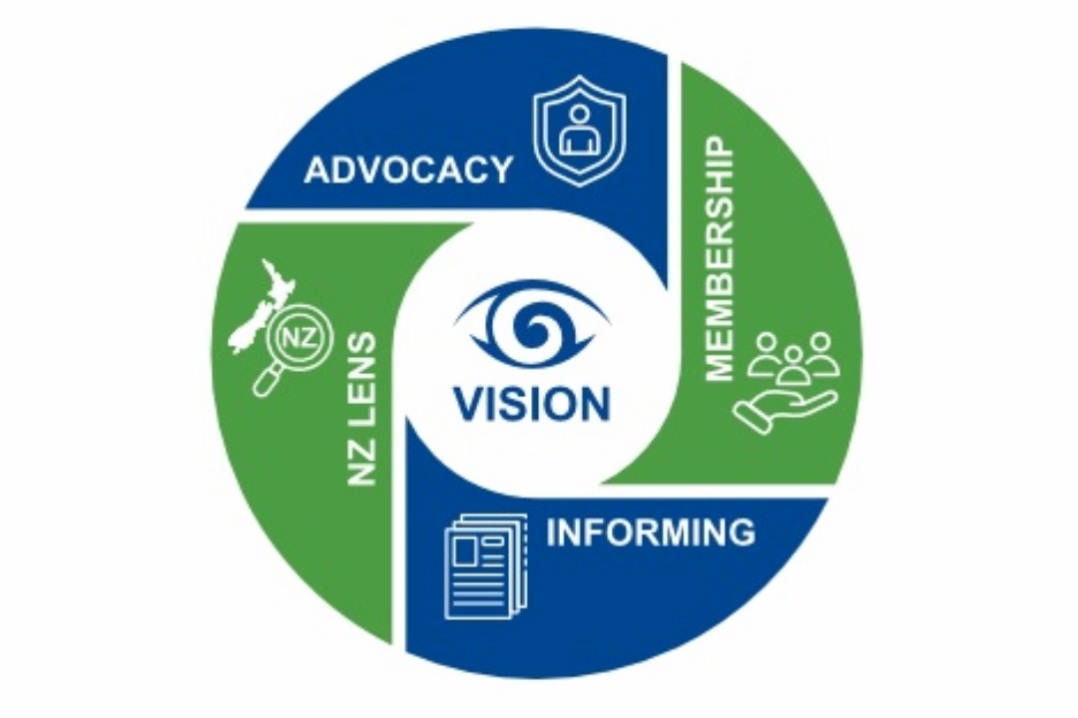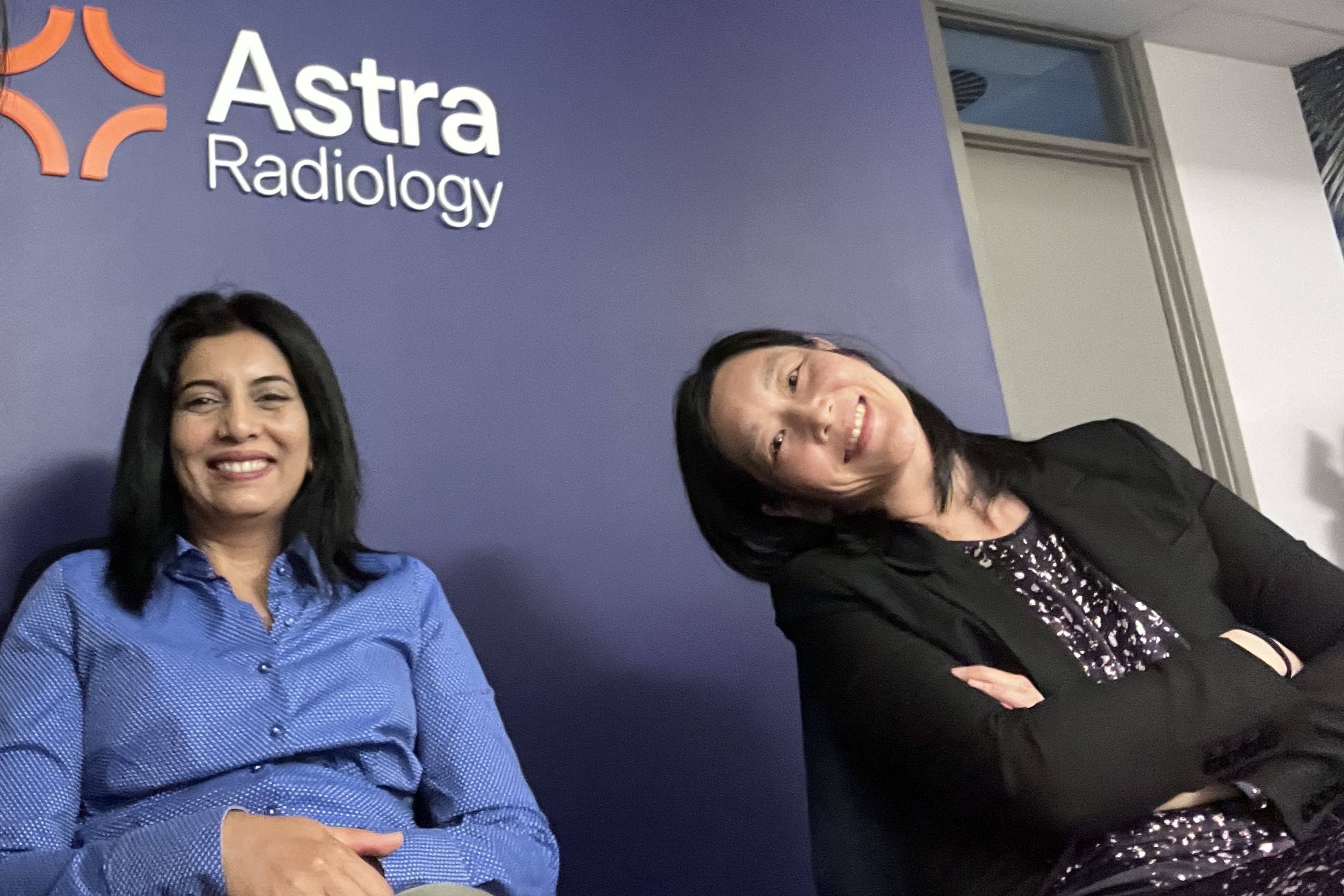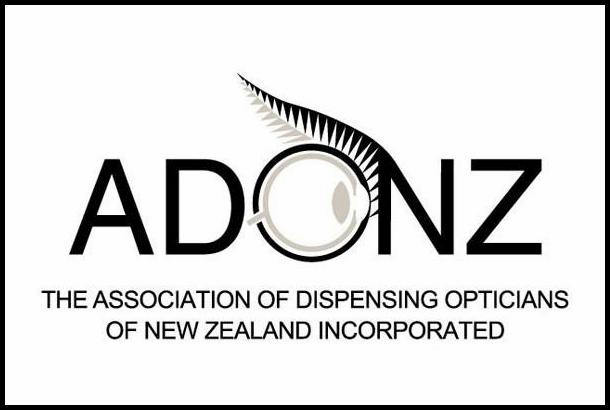BOOK REVIEW: The ophthalmic assistant: a text for allied and associated ophthalmic personnel
The Ophthalmic Assistant: a text for allied and associated ophthalmic personnel is a comprehensive and detailed textbook and reference tool for those working in the field of ophthalmology. Written by Drs Harold Stein, Raymond Stein, Melvin Freeman and Rebecca Stein, and several other contributing authors, this full-colour text covers a wide range of topics relevant to ophthalmic assistants, technicians, medical technologists, physician assistants and other allied ophthalmic personnel, including nurses and orthoptists.
The text provides in-depth and extensive knowledge on a variety of topics, including the anatomy and physiology of the eye, clinical optics, medications, examination and surgical procedures and the diagnosis and treatment of eye diseases. Chapters range from pharmacology, microbiology and advanced techniques in soft and rigid contact lens fitting to office efficiency, public relations and understanding ophthalmic equipment. The real strength of The Ophthalmic Assistant, however, lies in the structure of the explanations where the text is coupled with colourful and illustrative figures and tables, designed to explain difficult concepts, making it both more informative and enjoyable.
The content also tackles how ophthalmic assistants fit into the management of different eye conditions, providing a good foundation and overview, especially for those training to become ophthalmic nurses and technicians, orthoptists or others in the early stages of their eyecare careers. Furthermore, the self-evaluation questions, answers and notes are a fantastic means for determining whether you have adequately understood and absorbed the preceding contents.
Written by four highly respected and knowledgeable authors, the content is reliable and up-to-date, making The Ophthalmic Assistant a fantastic resource for anyone wishing to expand their ophthalmic understanding. The chapters are well-written and easy to follow, making them accessible to readers of all levels of experience, but they are not without flaws. For example, the text covers the development history of many diagnostic devices, such as corneal topo/tomography and optical coherence tomography (OCT), and the basic concepts of how they work. However, a more in-depth explanation about imaging principles, such as partial coherence interferometry in OCT, would have provided more of a foundation for readers to better understand how to troubleshoot poor image acquisition, eg. why dense cataracts reduce scan quality in OCT. This limitation was particularly apparent upon reading the photography section, which contained detailed diagrams and explanations for both anterior and posterior photography, so it would have been good to see a similar level of detail for other imaging modalities.
Dr Akilesh Gokul is a therapeutically qualified optometrist and a senior lecturer in Auckland University’s ophthalmology department. A clinician-scientist, his main research interests include keratoconus, contact lenses, crosslinking and inequity in healthcare; knowledge he employs through his work with Te Whatu Ora’s public crosslinking service.









